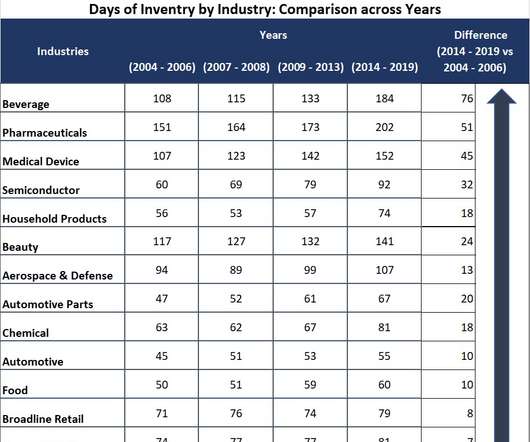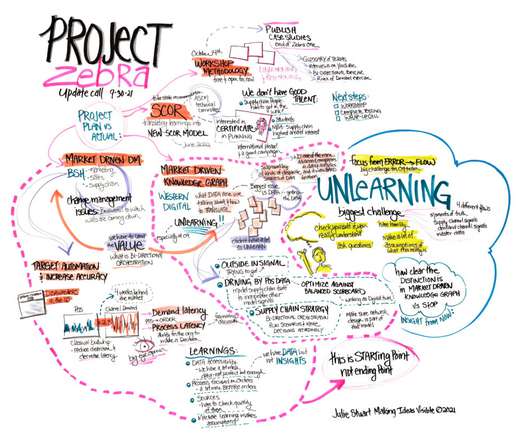Supply Chain Leadership Driving Industry 4.0 & Resilience During Crisis – LogiSYM July 2020
The Logistics & Supply Chain Management Society
JULY 20, 2020
Lockdown of cities and manufacturing plants have significantly impacted many industries’ supply chains. Machine learning and big data analytics augments critical roles in supply chain efficiency, problem solving and cost saving. Data acquisition and filtering and scenario analysis are time consuming practices in supply chain.






















Let's personalize your content